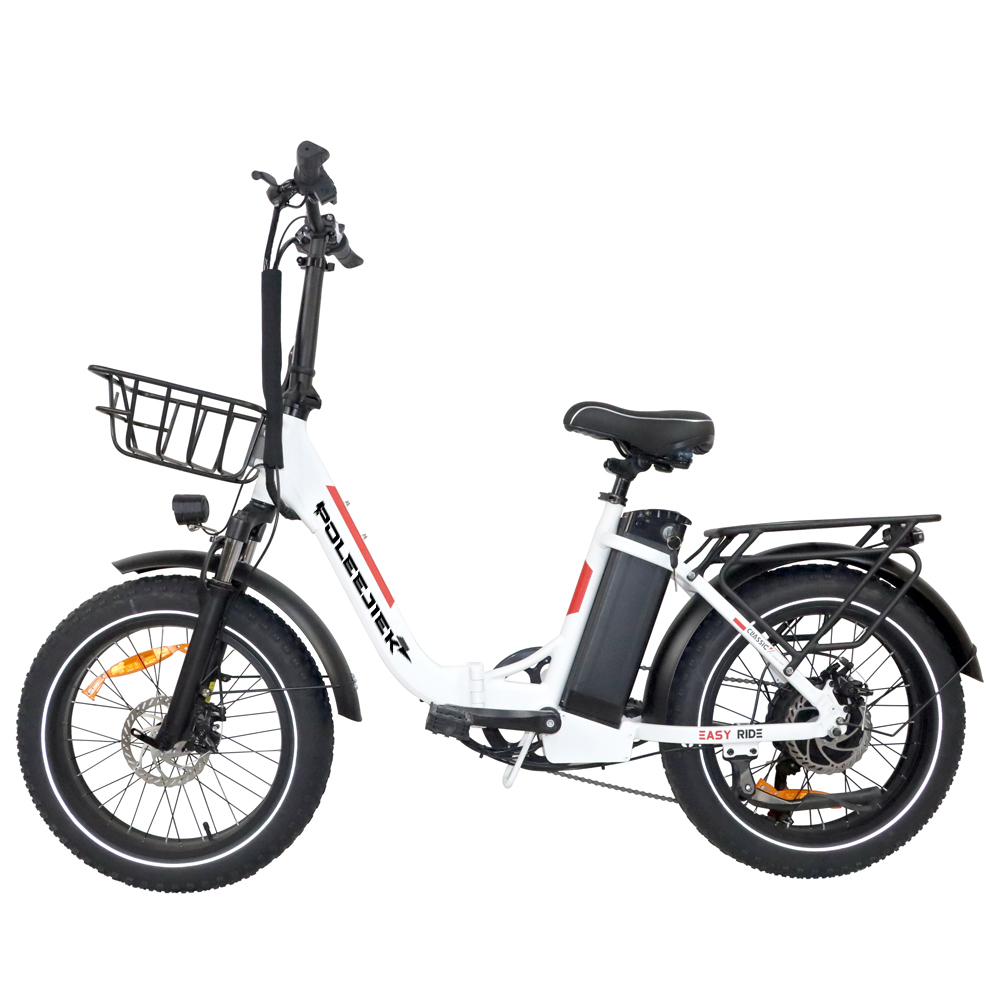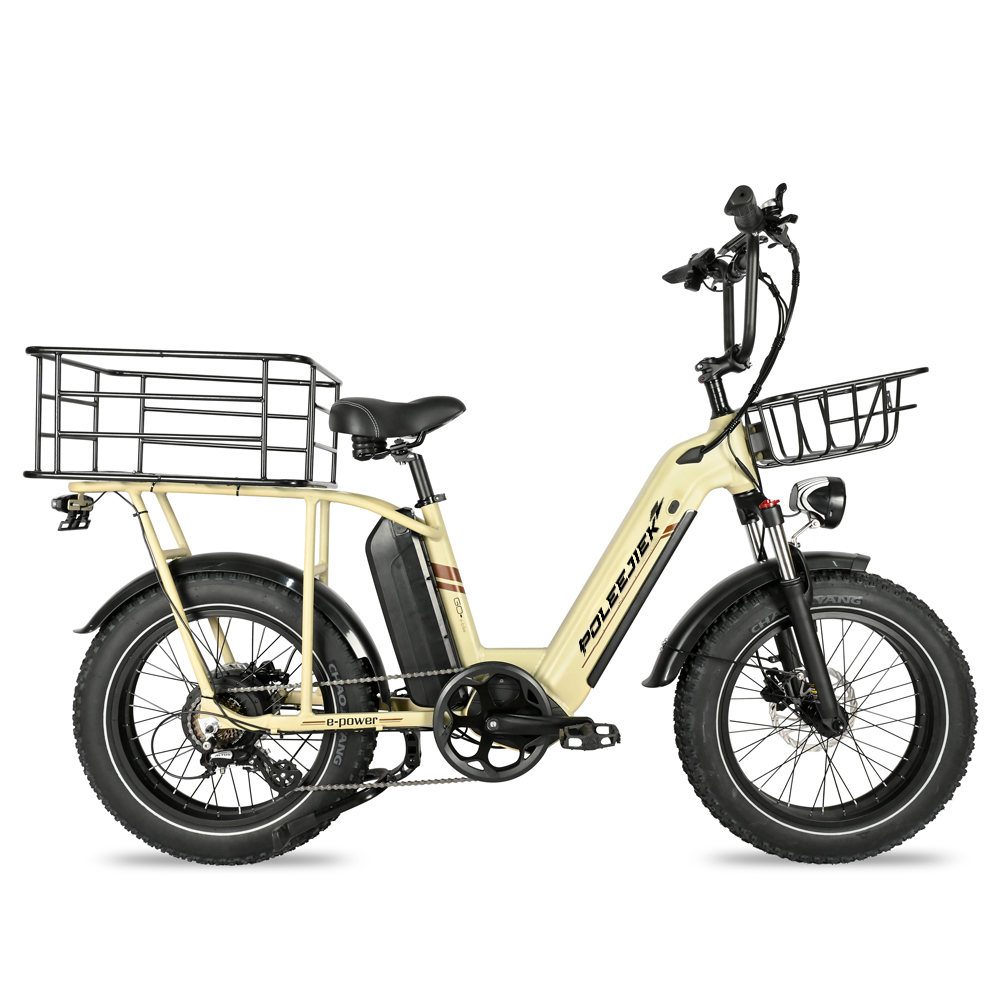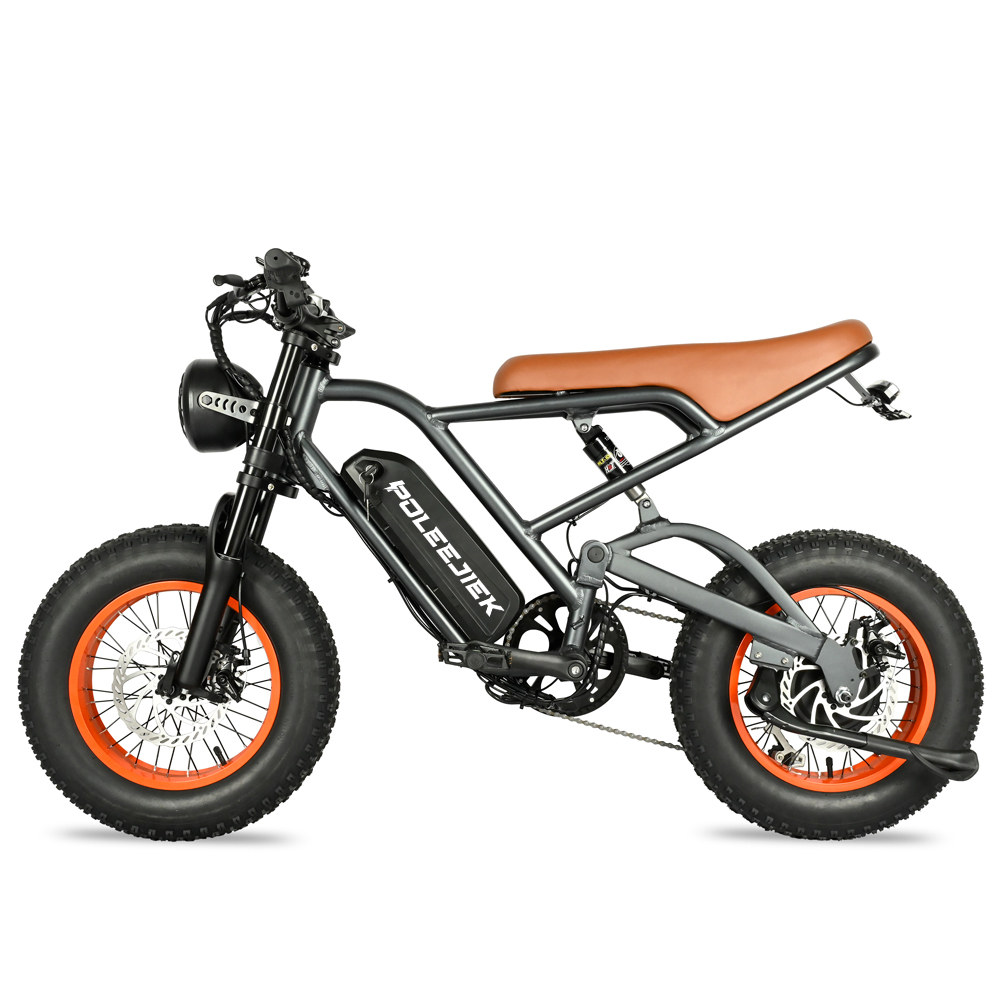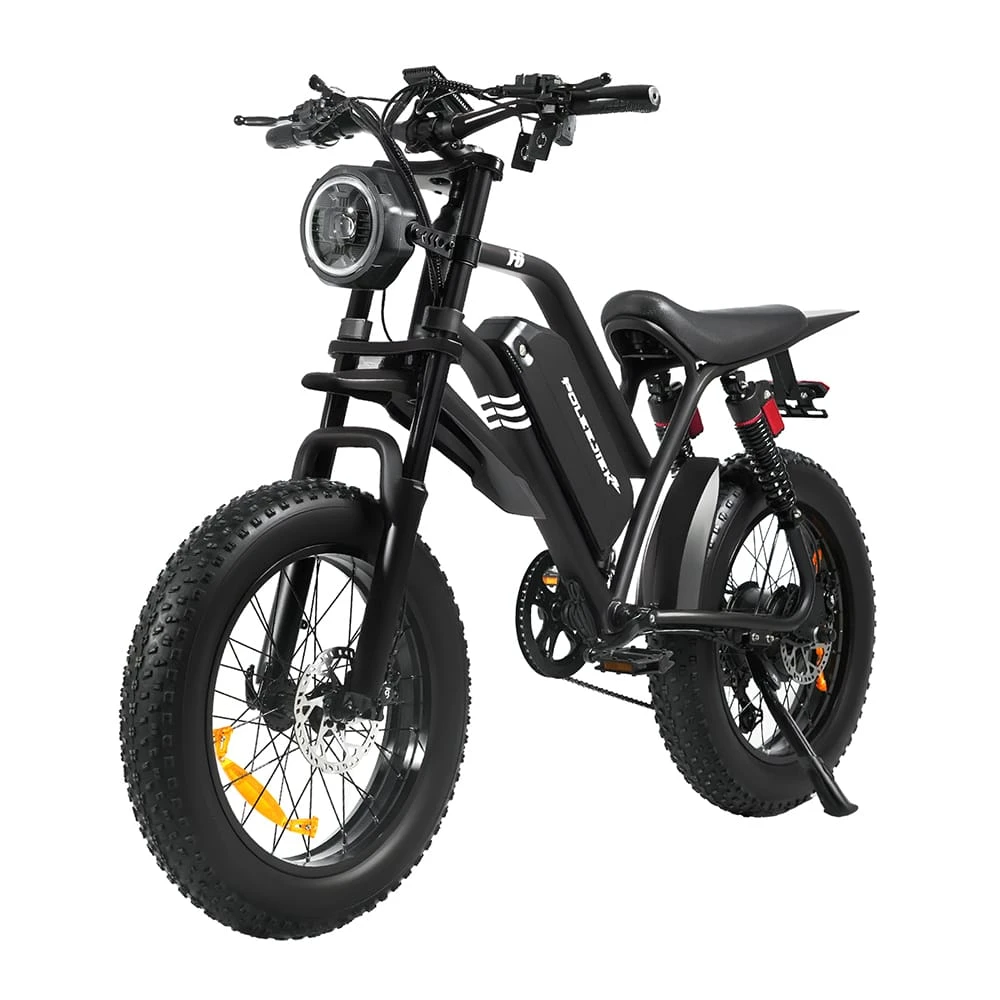US E-Bike Safety Laws 2025: UL Standards for an Electric Dirt Bike for Adults
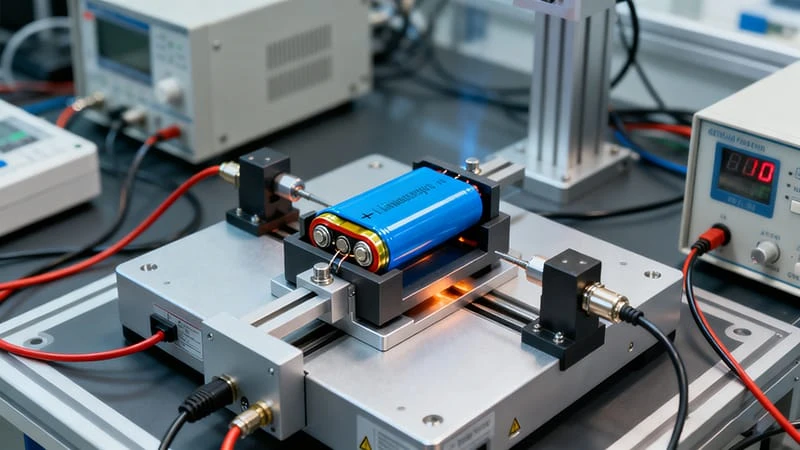
Last Updated: September 28, 2025. Please note that regulatory situations are subject to change.
Federal safety standards for lithium-ion batteries used in e-bikes and e-mobility devices are advancing, but their final form remains uncertain. With both the U.S. Congress and the Consumer Product Safety Commission (CPSC) pursuing new rules, the adoption of UL Standards is a strong possibility. Drawing from analysis by industry advocacy group PeopleForBikes, this article outlines the current situation and provides guidance for manufacturers on ensuring safety and compliance.
Key Takeaways
-
Mandatory federal safety standards for e-bike batteries are anticipated, but the exact path—either through the CPSC's regulatory process or direct Congressional action—is still being determined.
-
The CPSC has proposed a new rule that would essentially adopt key UL standards, but this process has faced procedural delays and is currently under administrative review.
-
Congress is separately considering bipartisan bills (H.R. 973 and S. 389) that would direct the CPSC to mandate these same UL standards within a 180-day timeframe if passed into law.
-
Based on these converging trends, PeopleForBikes strongly advises manufacturers of all e-bikes, including high-performance models like the electric dirt bike for adults, to begin certifying products to UL standards now to avoid future market disruptions.
-
While the final outcome is not guaranteed, the industry consensus is that compliance with UL standards will soon become the mandatory benchmark for accessing the U.S. market.
Status of CPSC Battery Regulations
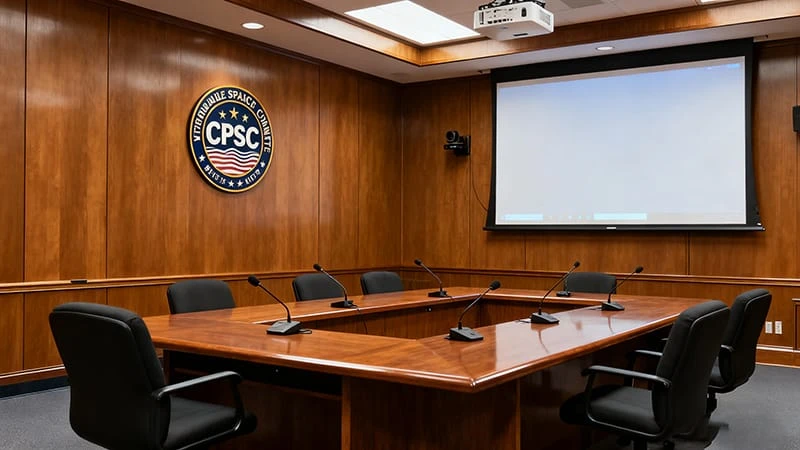
The Proposed Rulemaking Process
The CPSC, an independent federal agency, is responsible for creating uniform national regulatory requirements for consumer products. On April 30, 2025, the commission voted to publish a Notice of Proposed Rulemaking (NPR), a formal step toward creating new regulations. This NPR proposed adopting three key voluntary safety standards as mandatory.
|
Standard |
Applies To |
Scope of Certification |
|---|---|---|
|
ANSI/CAN/UL 2849 |
E-Bikes |
Safety Standard for Electrical Systems for E-Bikes, covering the entire system including battery, charger, and motor controller. |
|
ANSI/CAN/UL 2271 |
Batteries for Light Electric Vehicles |
Standard for Batteries for Use In Light Electric Vehicle (LEV) Applications, focusing specifically on the battery pack's safety and performance. |
|
ANSI/CAN/UL 2272 |
Personal E-Mobility Devices |
Standard for Electrical Systems for Personal E-Mobility Devices, covering products like e-scooters and hoverboards. |
However, this process encountered significant procedural hurdles. Following the vote, the commissioners who approved the NPR were dismissed, and the remaining commissioners withdrew it. A revised draft NPR was later submitted to the Office of Information and Regulatory Affairs (OIRA), a department within the Office of Management and Budget (OMB), for review as required by executive order. This review adds an additional, and potentially lengthy, step to the CPSC's rulemaking process.
Note: PeopleForBikes has also advocated for including elements of the European standard EN 15194 to create a more globally harmonized and comprehensive safety framework.
Progress of Battery Bills in Congress
In a parallel effort, Congress has been advancing its own battery safety legislation. Bipartisan bills H.R. 973 and S. 389 were reintroduced after showing strong support in the previous session. These bills would legally instruct the CPSC to issue a final rule establishing the same three UL standards as the mandatory federal safety benchmark within 180 days of the bill becoming law.
While this legislative path could be faster, its success is not guaranteed. Final passage and a presidential signature are still required. The administration could potentially favor its own agency-led regulatory process via the CPSC and OIRA, possibly leading to a veto of the legislation. In such a scenario, the effort to create a national battery standard would be stalled until the CPSC process concludes.
What Should E-Bike Manufacturers Do?
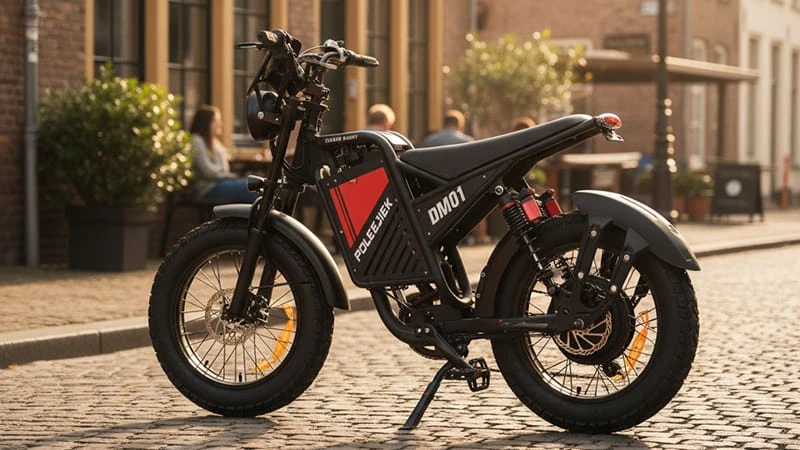
Given that both the regulatory and legislative paths point toward the same UL standards, PeopleForBikes has issued a strong recommendation for proactive compliance. Manufacturers and importers should not wait for a final rule to be published.
The most prudent course of action is to begin certifying products now. This includes ensuring that all models, from urban commuters to specialized off-road vehicles like the electric dirt bike for adults, are tested to comply with UL 2849 for the complete e-bike system and UL 2271 for the battery pack. This approach mitigates future risk and demonstrates a commitment to safety.
🛠️ Tip: Manufacturers should use accredited third-party labs for testing to meet existing state and local laws. Relying on voluntary compliance is no longer a viable business strategy; companies placing non-certified products on the market risk significant liability and reputational damage.
Disclaimer: This article is for informational purposes only and does not constitute legal advice. Manufacturers should consult with legal counsel to ensure compliance with all applicable laws and regulations.



